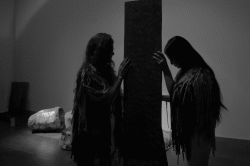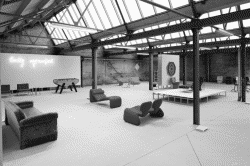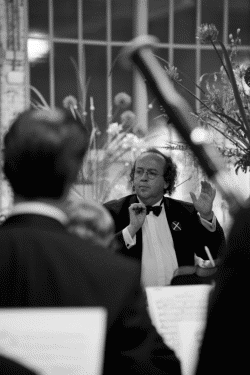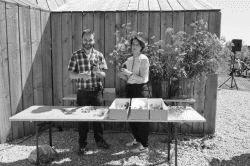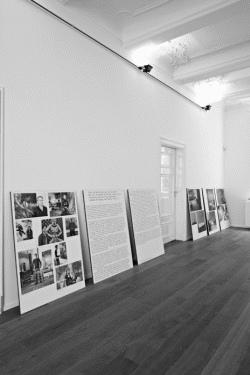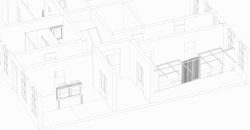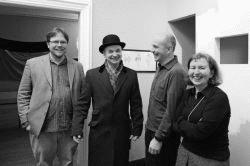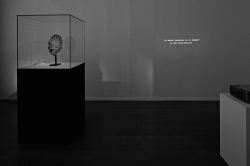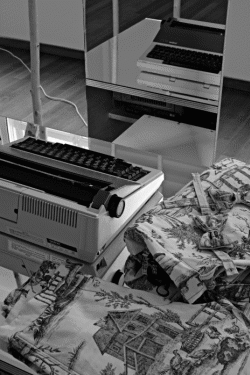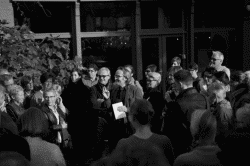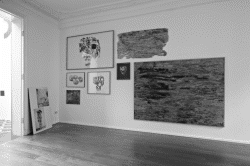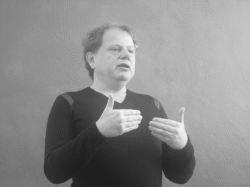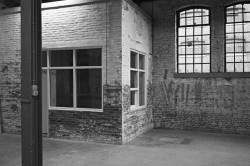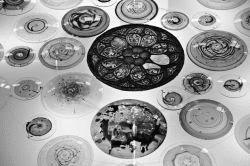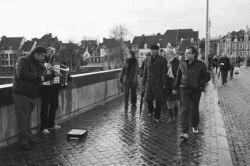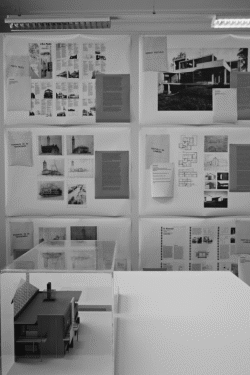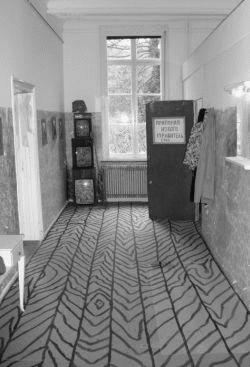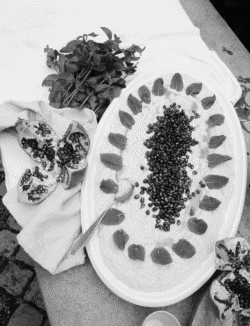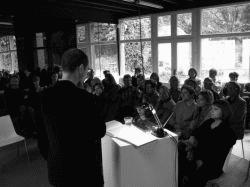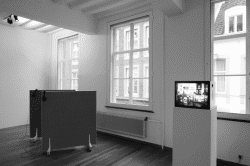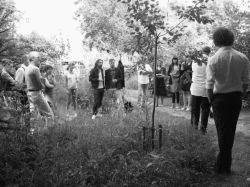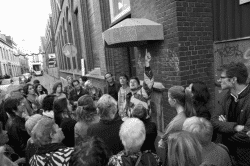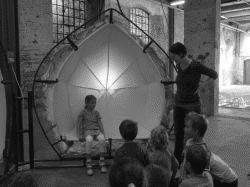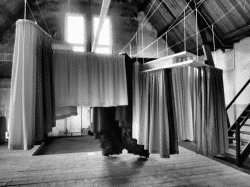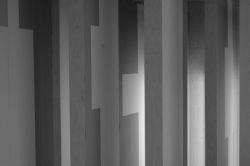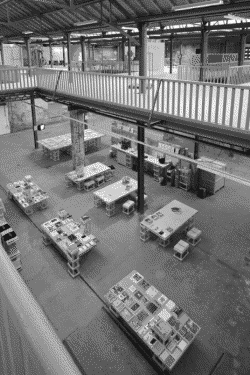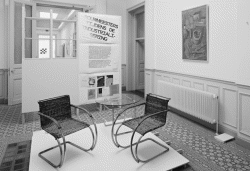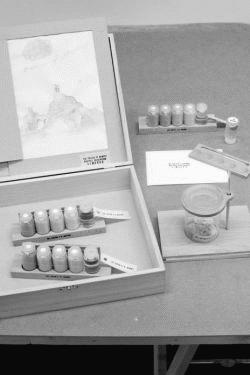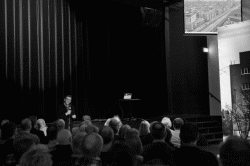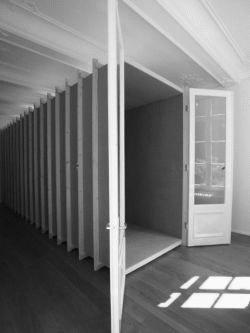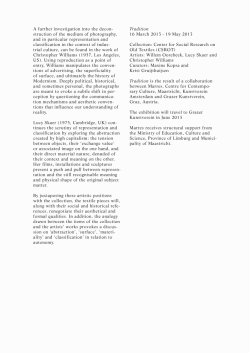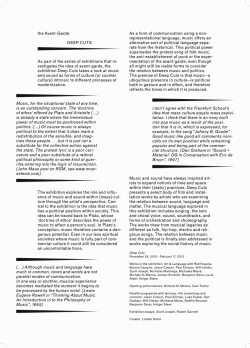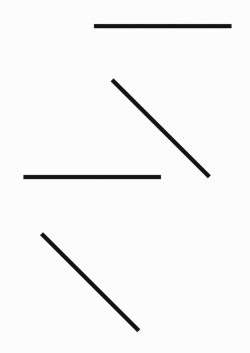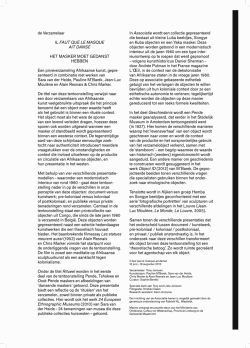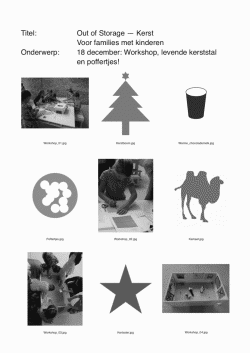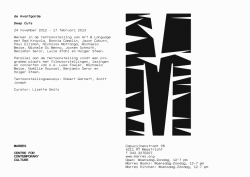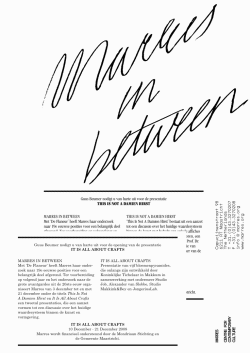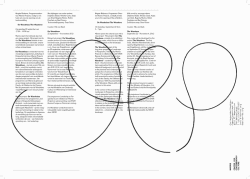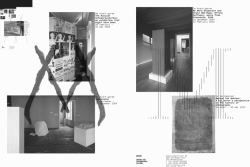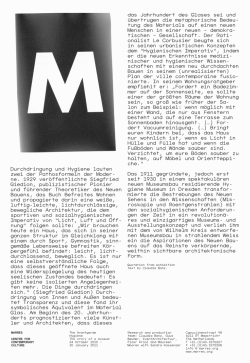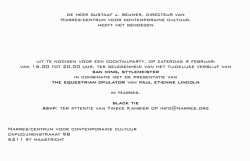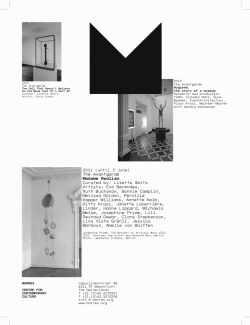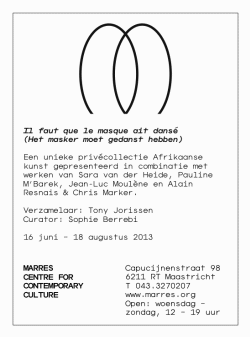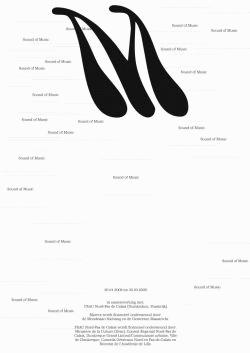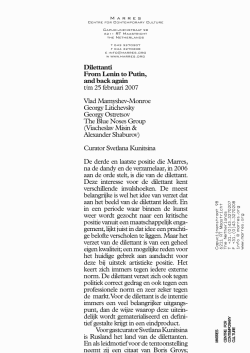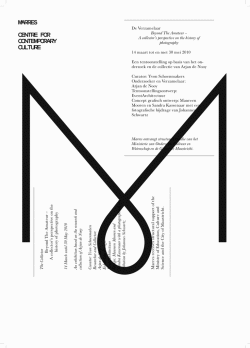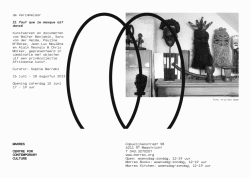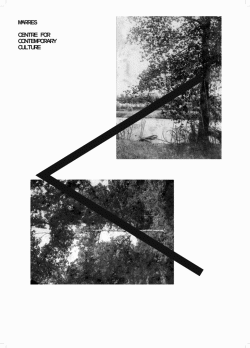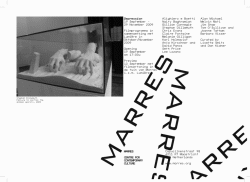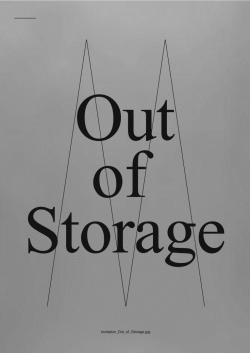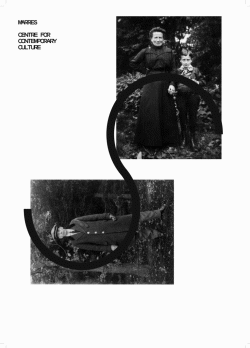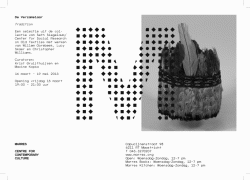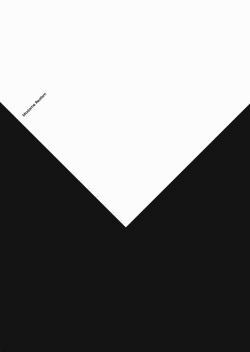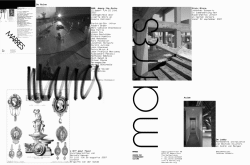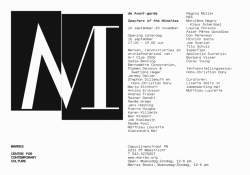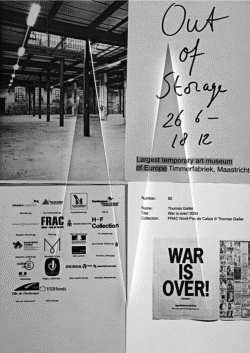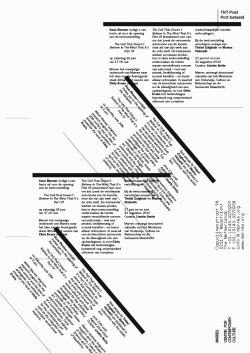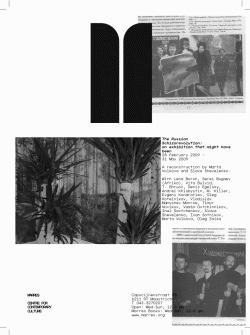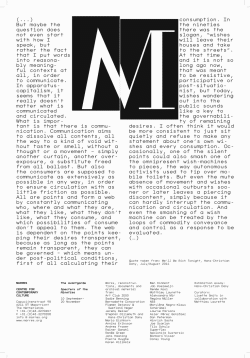mission
Marres, Centre for Contemprary Culture was founded in 1998 under the name Centre for Visual Arts Maastricht. A few years later, the name Marres was introduced, which refers to the family Marres, the former inhabitants of the house where Marres is located. In 2006, an extension was added to this name : Centre for Contemporary Culture. This also refers to the specific approach Marres has to the contemporary field of art and design. Through a more anthropological approach, both disciplines are positioned in their broader cultural perspective.
Marres initiates exhibitions, lectures, research, publications and projects, rooted in a cultural, philosophical background and a specific interest in the problem of actuality. The relation with the immediate local environment is often employed as a means to refine a more universal agenda in order to produce innovative exhibition models.
Since 2009, Marres has been admitted in the so-called basic infrastructure as one of the four major institutes for presentation in the Netherlands. The Ministry of Education, Culture & Science and the City of Maastricht are the most important benefactors of Marres.
Marres aims to utilize the eighteenth century aristocratic building in such a manner that the content of the program is merged with the idea of a residence and its connected intimacy. Besides the exhibition spaces, Marres offers her visitors Marres Books, a library/bookshop with special attention for the cultural positions of the 19th and 20th century such as the dandy, the dilettant, the collector and the avant-garde. The prominent interior is designed by EventArchitectuur. In the monumental attic of the building The Lobby is located, a collective sleeping quarter designed by artists Michiel Kluiters and André van Bergen. The ecological garden of Marres, developed by De Groene Stap, is also used for projects and freely accessible. Marres strives to implement ecological and sustainable principles at all levels.

